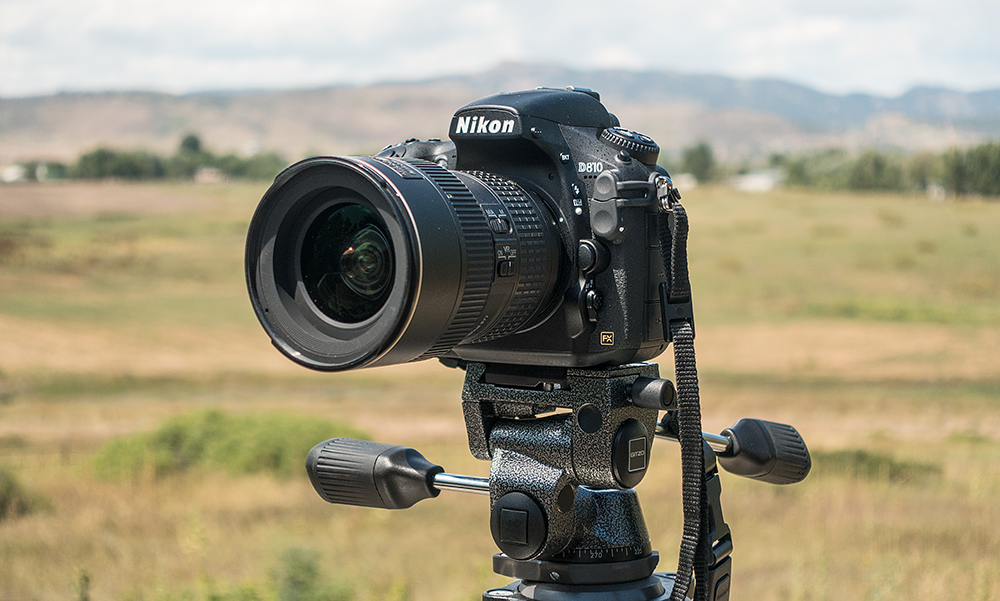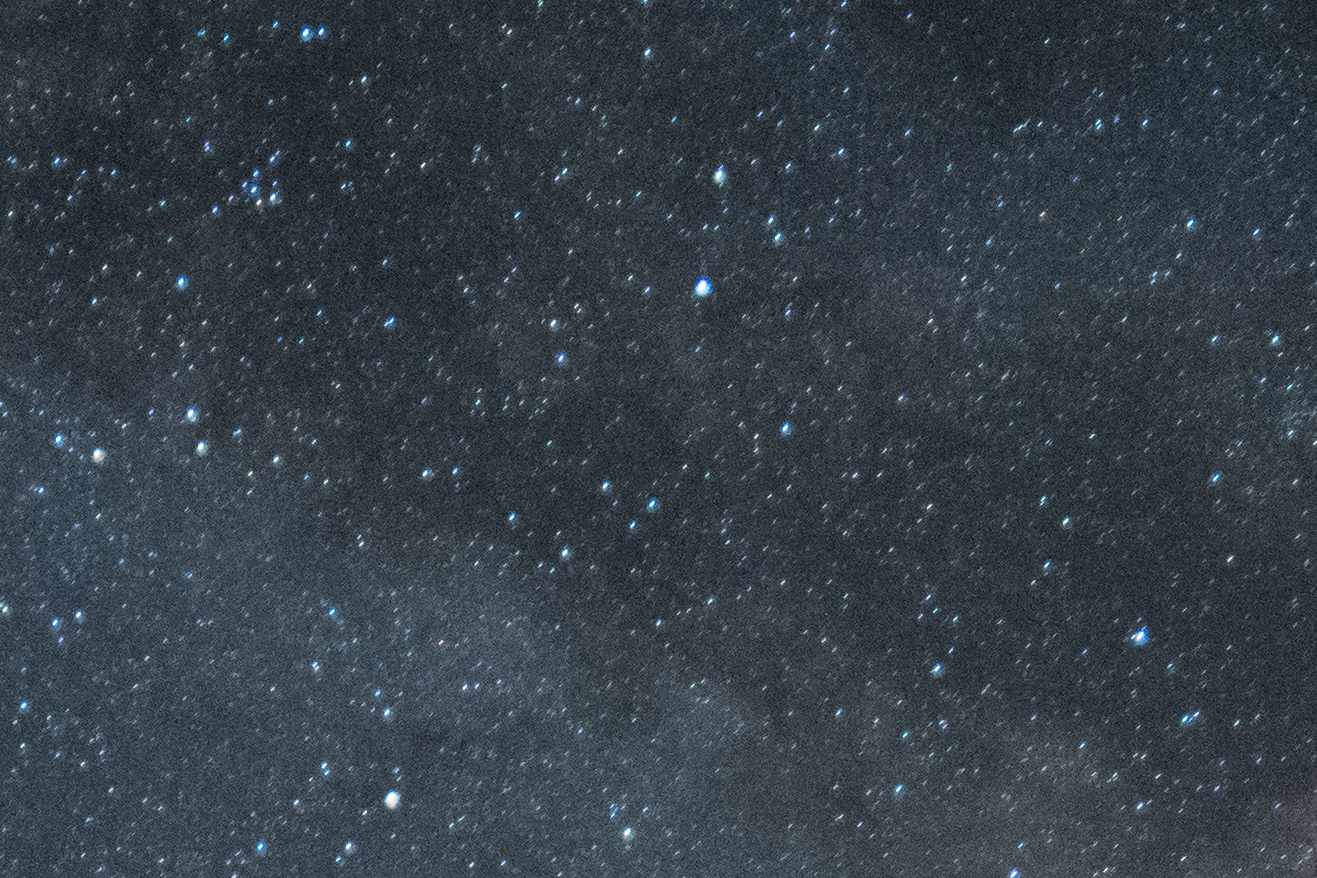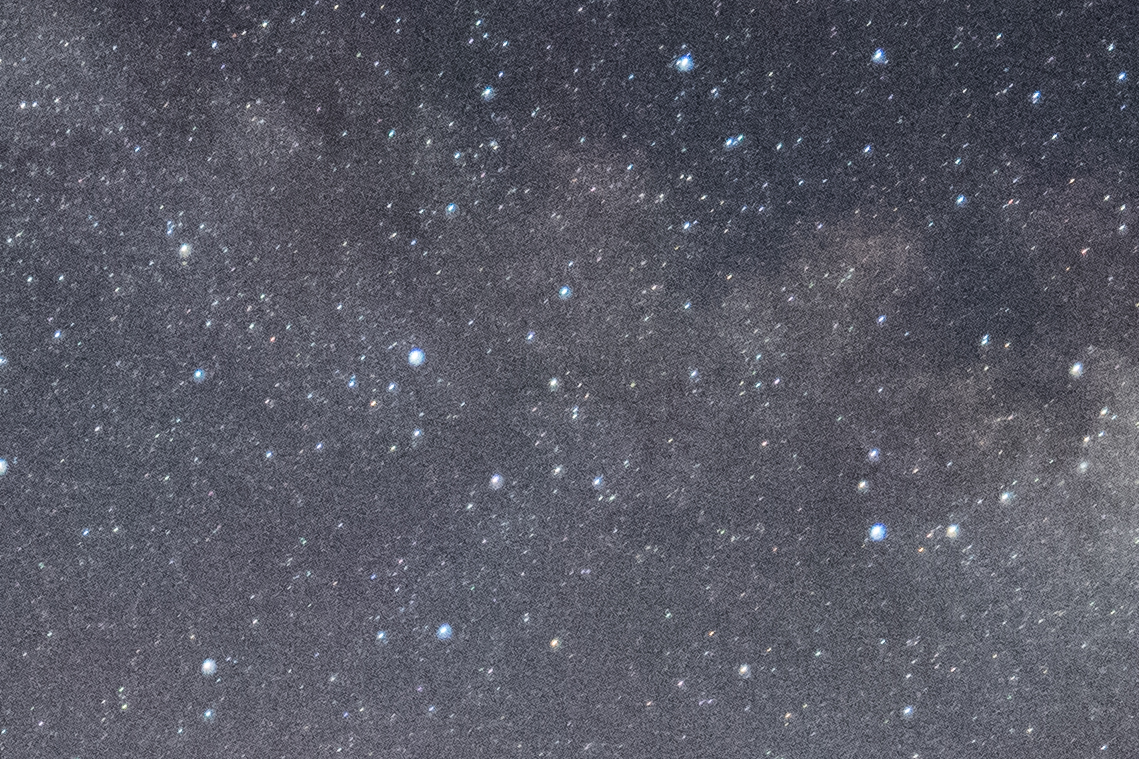
Dragon Size it
When the Nikon D800(E) was first released in 2012 it spanked every other DSLR on the market by a serious margin by offering a monstrous 36 megapixel FX sensor along with a suite of cutting-edge features for a reasonable $3,000. Game-changing is a trivial description; the D800 began a new digital era. Amazingly, it didn’t find a worthy challenger until 2014 with Sony’s a7r, and Canon couldn’t muster real competition until 2015 with the 5DS(R). In 2014 Nikon released an upgraded version of the 800, the D810, which is probably an interim model to keep everybody happy until Nikon’s next big advance. With the D810’s release came the fortunate opportunity to be able to pick up a remaining D800 for around $1,500.
Should you upgrade to the Nikon D810?
Usually the summation comes last, but I’ll cut to the chase. I used the Nikon D800 for 3 years before mine came to an unfortunate end, and have been shooting with the D810 since. For my situation the D810 is currently the best camera available. However, if you’re not married to Nikon gear, you might consider the 42 megapixel Sony a7r II. Its mirrorless system packs the 42 mp sensor into a small light body, conducive to back country photography, and offers higher ISO. Sony still lacks some quintessential lenses though.
But what if you’re handcuffed by Nikon gear like most of us are to a certain company? With Nikon using Sony sensors, and Canon’s latest 50 mp release, I’d speculate that Nikon’s next mega dragon will be released within 6 months to a year from summer of 2015. It will probably be smaller than the 800 series, with a 42 mp or greater sensor, and possibly mirrorless.
However, what if you can’t wait that long and need to upgrade to more megapixels to produce large prints or shoot assignments? Upgrading to the D810 is probably worth considering. Remember, if you’re shooting with a DX format camera, upgrading to an FX system is much like switching camera brands because you’ll have to replace your DX lenses. (Yes, you can shoot with DX lenses on an FX body if you zoom past the parallax, but you’ll soon tire of this cumbersome approach).
Current D800(E) owners
What if you currently own the D800(E) and are considering the upgrade? Some reviews suggest that the D800 is slow and unrefined compared to the revolutionary D810 and it’s worth the upgrade immediately. I wonder if they get a kickback from each D810 sold because that notion is seriously exaggerated. They also state that the D810 incorporates enough changes to render it a distinct camera from the D800. From an engineering standpoint this may be true, but functionally the D810 is an upgraded D800. There are NOTABLE and copious upgrades on the D810, but I don’t think they warrant spending $3,200 for a similar camera with the same megapixel count and sensor size. If you’re itching to upgrade, just wait it out until Nikon’s next release. The D800 is still an excelsior camera with a long service life to come. In any case, you can read the upgrades below and decide for yourself.
What are the biggest differences between the Nikon D800(E) and D810?
Expanded ISO from 64-12,800
The D800 ranged from ISO 100 to ISO 6400, and the D810 gained 2 stops from from ISO 64 to ISO 12,800. Gaining ISO 64 isn’t a big deal, but it is an incremental advance in technology. What ISO 64 gives us is theoretically minutely less noise, and the ability to shoot one stop slower without resorting to a neutral density filter. However, at the high end of the spectrum, ISO 12,800 is a pretty big deal for night photography of the stars. This allows you to cut exposure times in half, making for sharper stars, which move across the sky during long exposures. For example, at ISO 6400 conditions may dictate using a 1-minute exposure, but stars trail during that time. Using ISO 12,800 permits a 30 second exposure with far less trailing and a sharper Milky Way. The downside is significantly more noise at ISO 12,800, which may deter some shooters from using it.
With increased ISO range, does that mean the D810 has noticeably lower noise than the D800? Not that I could discern. Photos of the Milky Way taken at ISO 6400 with both the D800 and D810 showed the same amount of noise. I also compared noise levels of the D810 at ISO 6400 and ISO 12,800. As expected, ISO 12,800 had visibly more noise. Many pundits boast that noise levels at high ISO on modern flagship cameras are so low that you can liberally use them and feel comfortable about it. That’s overoptimistic. Noise at high ISO’s on any camera becomes crunchy and worth avoiding when possible. For night photography using the D810 I try to make ISO 6400 work before resorting to ISO 12,800.
- D810 at ISO 6400, 100% image magnification of unedited RAW file.
- D810 at ISO 12800. There is significantly more noise @ ISO 12,800, particularly in the blacks.
- D800 noise @ ISO 6400, RAW file 100% magnification
- D810 noise @ ISO 6400, RAW file 100% magnification
Bracketing in 3 stops, finally!
Bracketing means that the camera takes several shots in one burst, each with different exposures. An example would be a 3-stop bracket where one shot is underexposed, one is properly exposed, and the last is overexposed. This is useful for recording a scene with dark and bright spots, like a bright sky with a shadowed foreground. The 3 shots can then be blended together, tone-mapped or merged to High Dynamic Range (HDR). Nearly all of my photos are manual exposure blends created from bracketed photos.
The D800 only bracketed in 1-stop increments, but the D810 brackets in up to 3-stop increments. This makes it possible to avoid having to take 7-9 stop bracketed shots to get the exposures that you need.
The D810’s in-camera HDR function gleaned bracketing by 3-stop increments as well, making the already revolutionary feature even more powerful.
New sharper sensor with no Optical Low-pass Filter, and no Anti-alias Filter
The D800E had an Optical Low-pass Filter, and the D800 added to that an Anti-aliasing filter. Nikon had technical reasons for adding these filters, but doing so actually degraded image clarity. The D810 has neither of these filters, and the increased image sharpness is evident when files are viewed at 100%. This sounds like a pretty significant enhancement for resolution fanatics (like me), however, the increased sharpness cannot be translated by printers, or seen in imags when viewed at anything less than 100%.
- Clarity of D800 of RAW image @ 100%
- Clarity of D810
Much quieter Shutter
The first time I clicked the shutter of the D810 I thought I accidentally had it on quiet mode. In fact, the shutter has been made so quiet that if there’s background noise, I can’t hear it. When using a remote shutter release some distance away from the camera, I can’t hear the shutter and can only tell if the picture has been taken when the image review comes on. This is a big advantage for wildlife photography when concealment is crucial to avoid detection by skittish animals. The D800’s shutter made average noise, but would give you away around wildlife that spooked easily.
Higher Resolution Display Screen
On paper I didn’t care about this enhancement, but in the field the sharper screen of the D810 makes it easier to tell if small objects like stars are in perfect focus. It’s obvious how much more resolute and eye popping the images are on the new screen.
Timed Exposure Mode, yea!
You no longer need a remote shutter release to shoot exposures longer than 30 seconds with the D810. In “Timed” exposure mode you simply push the shutter release once, expose for desired time, then press again to close the shutter. I’ve never understood why most modern cameras are so primitive as to not offer this basic function. You still need a stopwatch to time your exposures though. This begs the question, why didn’t you just go all the way Nikon and give us long exposure timed settings like on the new D810A astrophotography camera?
Faster Exspeed 4 Processor
I notice the extra horsepower of the upgraded processor when I bracket photos. After shooting a bracketed burst, the D800 took quite a few seconds to process the files before I could preview them. The D810 takes noticeably less time.
New “Highlight Metering Mode”
Nikon added the new “Highlight Metering Mode”, which exposes off the brightest elements in a scene. This feature is useful for when the main subject is considerably brighter than the surrounding scene (picture a white Egret standing in a dark river). It’s not an essential feature because an experienced photographer instinctively knows when highlights will throw his exposure and can compensate for it, but having it isn’t bad.
Worst D810 change: Metering Mode button moved to Left Control Dial
The metering button has been moved on to the left control dial. To make room for it, the bracketing button (which I use constantly) has been booted off the left control dial and relocated to the front left face of the camera. There, it’s too easy to confuse with the other 2 buttons near it when going by feel. Because I rarely touch the metering mode button (usually keeping it on Matrix Metering), I’m disappointed that it now takes up prime real estate when something more useful could go there. The supermarket was moved outside city limits, and the tackle shop placed in town square.
Other changes?
To be fair, there are yet more differences between the D810 and D800, but I’ve included what I think are the most important for nature/landscape photographers. Other notable upgrades are 60p video recording at 1920×1080, in-camera movie output from time-lapse shooting, enhanced interval shooting, and an increase continuous shooting rate to 5 fps. There are also some added bells & whistles that I don’t really care about. Click here for Nikon’s own complete list of changes: Nikon D800 vs D810 differences








One of the biggest highlights of the D810 is the new and improved shutter mechanism that allows Electronic Front-curtain mode in Live View. Basically, the camera simply starts recording the exposure without moving the shutter and only closes the shutter at the end of the exposure sequence, which completely eliminates shutter vibrations.
I have had the 810 six months and I find it is more than I ever expected. You mention that you use three shot bracket a lot. I am learning HDR and just finished a shoot where my bracket was sometimes 5 shots and sometimes 7 shots in 1 stop increments. On my Nikon forum I see examples of 9 shot brackets. Do you ever use more than 3 brackets. I merge the shots using Photomix and wonder how you do it. I use Mirror up plus 2 sec delay exposure. Do you think I am overkill?
Question. Would the first week of October be too late for the aspens around Telluride?
I am in awe of your work and hope that I can do half as good. Thanks a million for sharing your work and knowledge.
Thank you Murl!
A 3 shot bracket was just an example to explain what bracketing meant, but I’ve used up to 9 stop brackets too with my old D800. But this helps deliver the point of why I love the 810’s ability to bracket by 3 stop increments…now I don’t have to bracket by 9 or 7 stops anymore to get the exposures that I need. That said, I rarely have a scene that needs more than a 5 shot bracket. Photomatix is “smart”; even if you import 9 or 7 bracketed shots, it’s able to evaluate which photos out of a bracket stack it needs, and disregards the rest. I’ve tested this a few times by letting it process 9 bracketed photos (sometimes 7 or 5), and then letting it process only the 3 photos out of the 9 that properly exposed the highlights and shadows. Amazingly, the resulting HDR images were exactly the same. A keen eye will find a few few remaining HDR images on my website, but most are manual blends using masking.
As for mirror-up/2 sec delay…it’s only overkill if there’s lots of light, otherwise, it’s pure form that will ensure sharp images. As you know, your 36 mp sensor will reveal any shortcuts taken.
First week of October is usually peak fall colors in the San Juans, although don’t quote me on that because it can peak + or – one week.